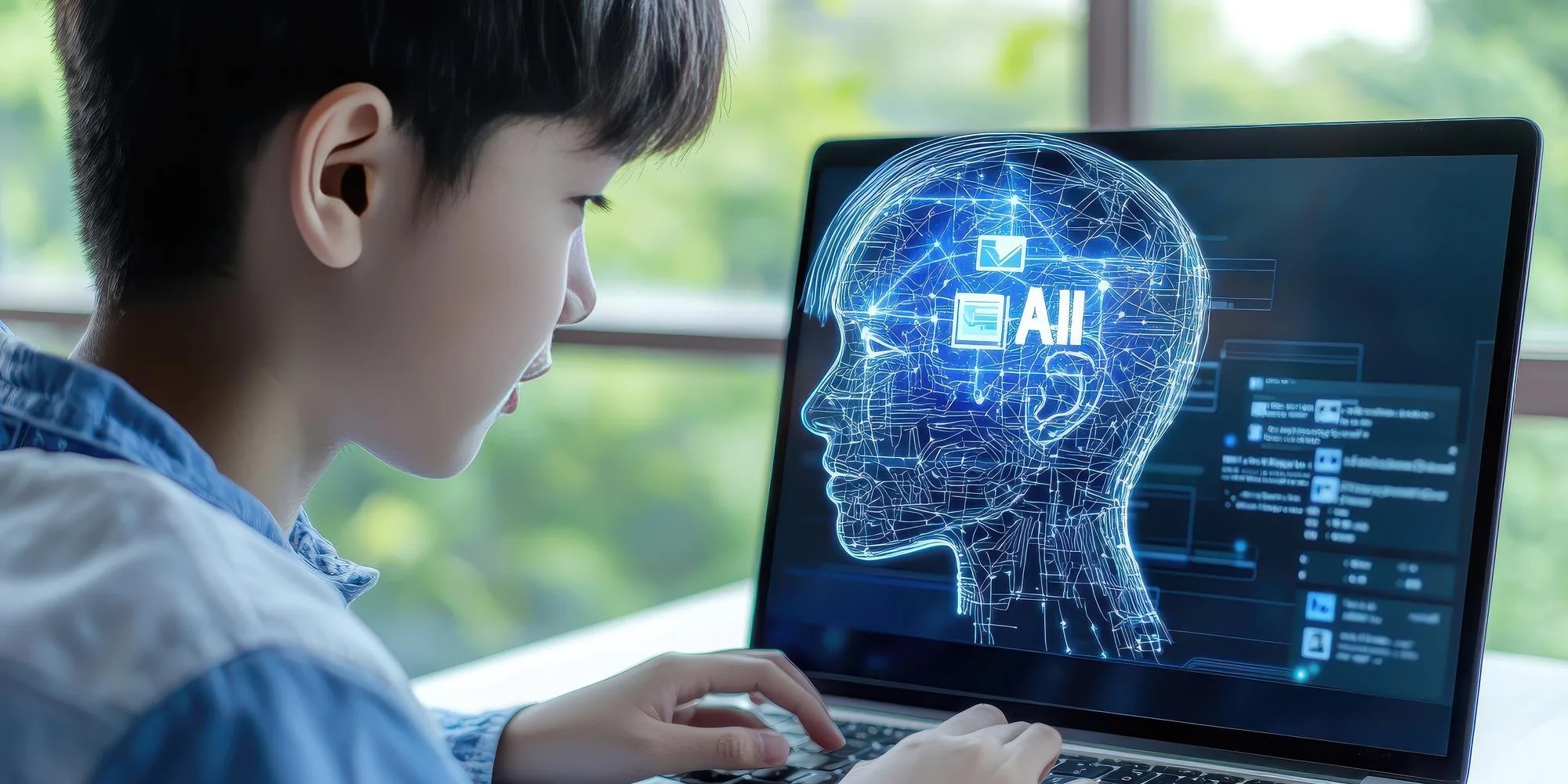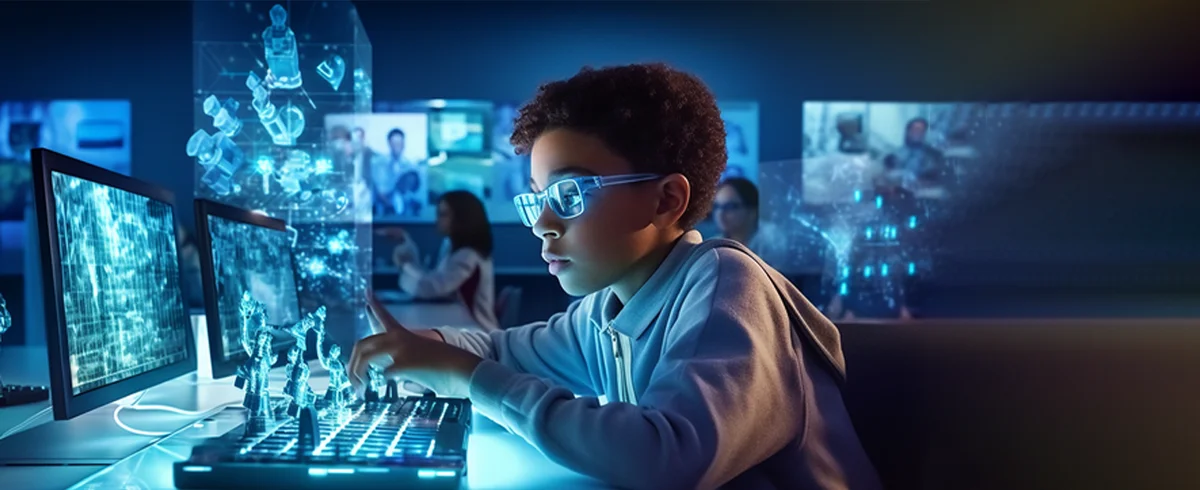Necessary Always Active
Necessary cookies are required to enable the basic features of this site, such as providing secure log-in or adjusting your consent preferences. These cookies do not store any personally identifiable data.
|
||||||
|
||||||
|
||||||
|

Before the rise of education software, the most effective teaching method was ‘teach to the middle.’ This method was developed to balance teaching since students in a classroom are expected to have varying skill levels and learning abilities.
Although it helped to some extent, it did not help students achieve their maximum potential. With the rise of Education software, Students can now sit in the same classroom with the same teacher and learn at their own pace.
Today, Education software like Dreambox uses machine learning to gain insights into individual students’ strengths, needs, and preferences. These tools, like robots are changing the EDTech industry, resulting in improved academic performance and heightened student engagement.
The traditional curricula that we’ve been used to are static. However, with adaptive learning, the curricula become dynamic, evolving with each learner’s capabilities and understanding.
AI-powered adaptive learning tools analyze information about each student’s struggles and strengths to adjust the pace of delivery and course content accordingly. This approach results in better retention and improved overall learning outcomes.

The role of AI in achieving adaptive learning isn’t just customizing course content; it ensures active engagement with the course content. A popular example of a software that has successfully integrated adaptive learning is DreamBox Math. This K-8 online educational software is built to create immersive and interactive maths lessons that make learning fun.
With DreamBox Math, you will get valuable adaptive learning solutions proven by several third-party organizations to accelerate student math growth and achievement.
Another way AI is improving learning experiences is through education softwares that provides support for special education.
Some students have distinct learning needs in the classroom due to physical, mental, emotional, or behavioral conditions. The traditional class setting doesn’t often help them, but AI can help address their challenges.
For instance, we now have AI-powered speech recognition software like PODD Communication Books, which teachers can use to help students who cannot communicate effectively.

PODD is a symbol-based communication system developed for non-verbal individuals. The student can select images, words, or short phrases from the books to instantly generate sentences on a tablet or device to express themselves.
Similarly, AI-powered predictive text tools, like Co: Writer, help dyslexic students with their writing. They suggest likely words based on what the student has typed so far, reducing spelling challenges.
These AI tools are not only making education accessible to students with special needs but also ensuring that they can participate as much as every other student in the class during the learning process.
Another achievement of AI in personalizing learning experiences is through Intelligent tutoring systems.
It is expected that a student will experience difficulty with a topic that others are already good at. Intelligent tutoring systems can help the student without slowing down the learning process of other students. This tool serves as a private tutor for the student.
Intelligent tutoring systems have engaging features like gamification that make the learning process interactive. In fact, with these tools, students can virtually talk to the AI tutor, providing them with one-on-one guidance. Since these tools are available 24×7, i.e., even after class, students can get the help they require whenever needed.
One of the common intelligent tutoring tools in America is Khanmigo, developed by Khan Academy. It serves as a virtual tutor and debate partner for students and can be used by teachers to create lesson plans for individual students.

According to Forbes research, 97% of students favor having an intelligent tutoring system, and only a few expressed disagreement. Thanks to Microsoft making Khanmigo free for teachers, every school can integrate intelligent tutoring systems into their learning process.
After learning, there has to be an assessment. AI is not only used to learn in a fun way, it is also used to conduct periodic evaluations of the knowledge acquired during the learning process.
With AI, teachers can develop assessments specific to each student’s optimal challenge level and give feedback to each student—a process that used to require many teaching hours.
One common educational software for personalized evaluation and assessment is Class Companion. With Class Companion, the teacher can develop personalized lessons, worksheets, and assignments. It also allows teachers to choose the assignment format, whether multiple-choice, short-answer, or math/coding problems.
When students submit practice work via the Class Companion app or browser, they immediately receive feedback on their answers, with detailed explanations for why responses are right or wrong. They can resubmit answers to practice challenging problems.
With AI, evaluation, and assessment are transformed from a tedious and non-interactive process into a seamless and interactive one, helping students achieve their maximum potential.
The future of education is promising as AI continues to personalize learning experiences. However, we must understand that embracing AI doesn’t mean replacing teachers. Nothing can replace high-quality human-to-human interaction. AI will evaluate that interaction and use it to improve the quality of education delivered by teachers.
In fact, one key area that needs serious attention is the training of educators on how to use AI tools like education softwares to improve traditional teaching practices.
This further proves that the importance of artificial intelligence in education is needed to provide interactive learning experiences to students in the classroom. This can be done by using AI-generated robots to transfer data that can be personalized to each student’s needs and queries. Perhaps we will have an AI-powered tutoring system that considers students’ interests, abilities, socio-emotional state, and long-term goals to create personalized curricula.
We can also look forward to a world where education is modified for students all over the world, regardless of geographical or socioeconomic barriers, to have access to high-quality learning resources. This means a student in a third-world country can have the same quality of education as a student in a first-world country. This isn’t a distant reality; it’s the direction we’re heading.
Sign up to receive our newsletter featuring the latest tech trends, in-depth articles, and exclusive insights. Stay ahead of the curve!